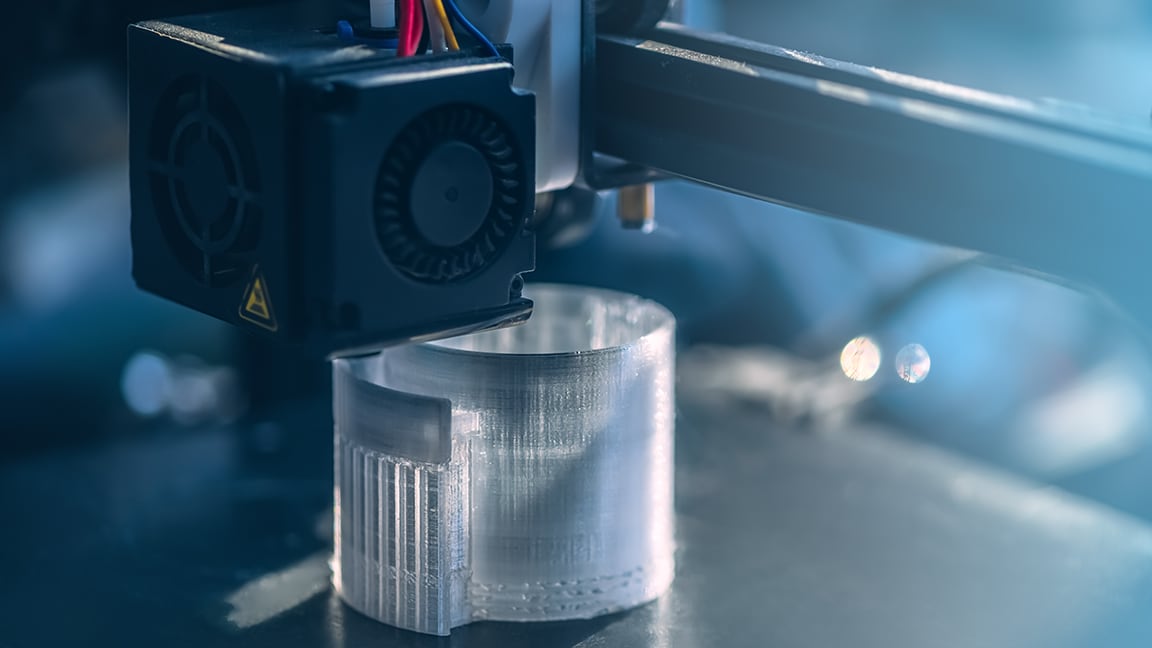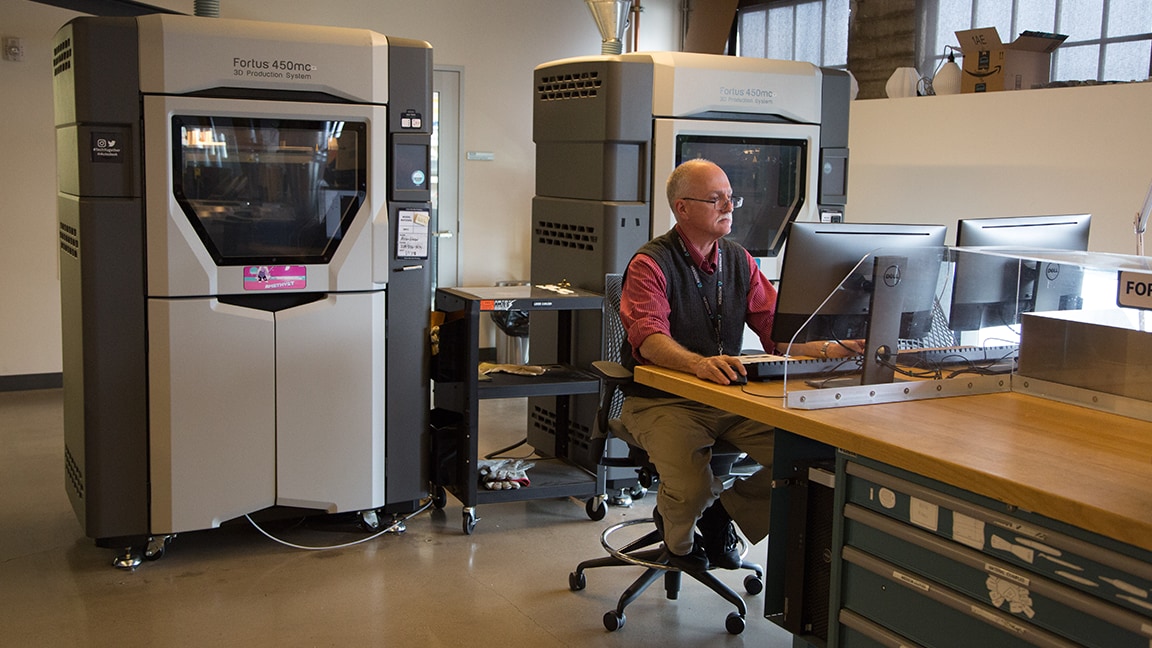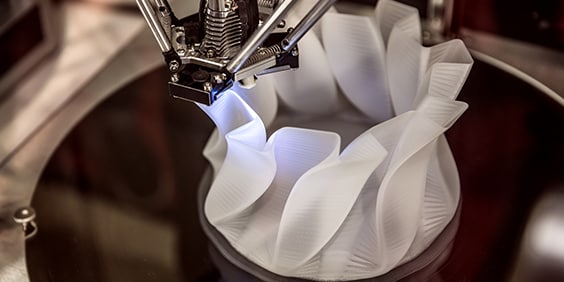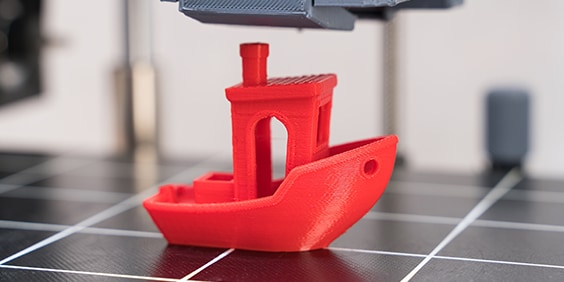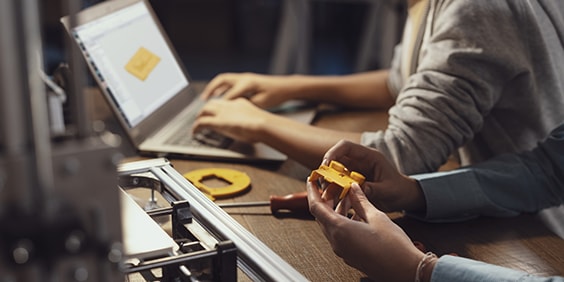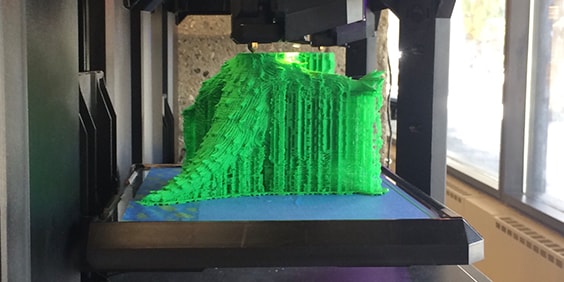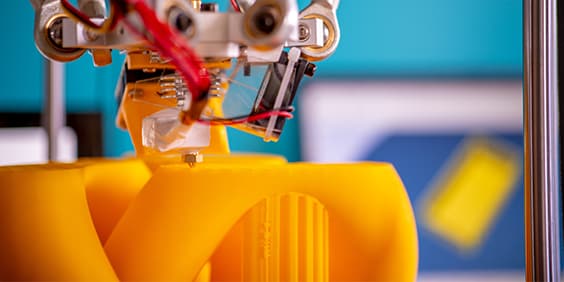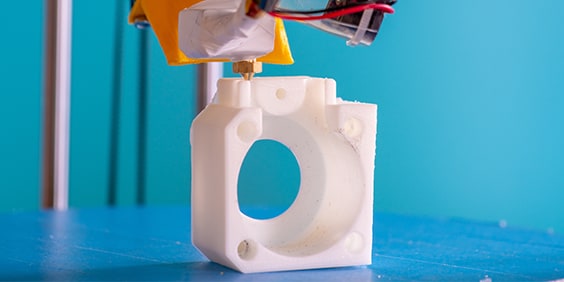Fused Deposition Modeling & Fused Filament Fabrication
3D-Printing has revolutionized the design and manufacturing industry in the last few decades. No need to rely only on CAD or crudely made prototypes from third party manufacturers to present ideas. Fused Deposition Modeling and Fused Filament Fabrication techniques allow you to create perfect three-dimensional models at low cost, and with relative ease.
